The Ultimate Guide to Choosing Weight Loss Workout Apparel
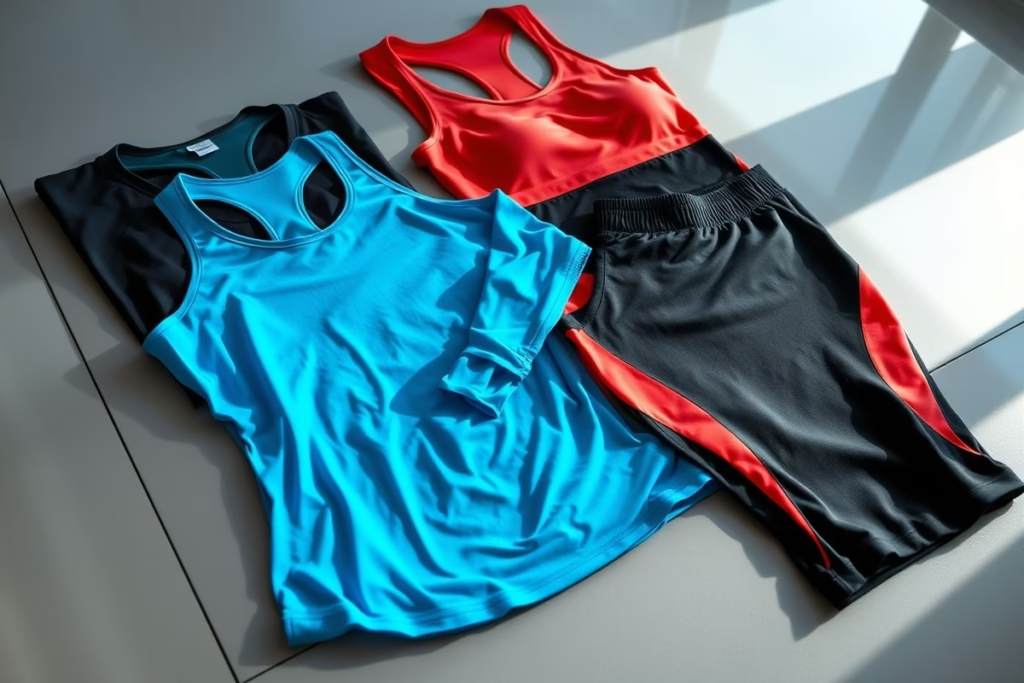
Embarking on a weight loss journey is a commendable step towards a healthier lifestyle. However, the right workout apparel can significantly impact your comfort, performance, and motivation. Choosing the appropriate clothing isn’t just about fashion; it’s about functionality and support. This guide will navigate you through the essential aspects of selecting workout apparel that will enhance your weight loss efforts.
Whether you’re hitting the gym, going for a run, or participating in a fitness class, the clothes you wear can make or break your experience. Ill-fitting or uncomfortable clothing can lead to distractions, chafing, and even injuries. Conversely, well-chosen workout apparel can boost your confidence, allow for a full range of motion, and wick away sweat to keep you feeling fresh and focused. Let’s delve into the factors you need to consider to make the best choices for your fitness wardrobe.
Understanding Fabric and Functionality
Moisture-Wicking Fabrics
One of the most crucial aspects of workout apparel is its ability to manage moisture. Moisture-wicking fabrics are designed to draw sweat away from your skin and transport it to the outer layer of the clothing, where it can evaporate. This process helps keep you cool, dry, and comfortable, preventing chafing and reducing the risk of skin irritation.
Synthetic fabrics like polyester, nylon, and polypropylene are excellent choices for moisture-wicking apparel. These materials are lightweight, durable, and quick-drying. Look for terms like “Dri-FIT,” “Climalite,” or “Coolmax” when shopping for workout clothes, as these indicate that the fabric has been treated to enhance its moisture-wicking properties. Avoid cotton, as it absorbs sweat and becomes heavy and damp, leading to discomfort and potential chills.
Furthermore, consider the intensity of your workouts when selecting moisture-wicking fabrics. For high-intensity activities like running or HIIT, opt for fabrics with superior moisture-wicking capabilities. For lower-intensity workouts like yoga or Pilates, you may be able to get away with slightly less advanced fabrics. Regardless, prioritize moisture-wicking to stay comfortable and focused throughout your exercise routine.
Breathability and Ventilation
Breathability is another critical factor to consider when choosing workout apparel. Breathable fabrics allow air to circulate, helping to regulate your body temperature and prevent overheating. Proper ventilation can also reduce the buildup of sweat and moisture, further enhancing your comfort during exercise.
Fabrics like mesh and those with strategically placed ventilation panels are excellent choices for breathability. These materials allow air to flow freely, keeping you cool and preventing that stuffy feeling that can occur with less breathable fabrics. Look for workout apparel with mesh panels in areas where you tend to sweat the most, such as the back, underarms, and chest.
The weave of the fabric also plays a role in breathability. Looser weaves allow for more airflow compared to tighter weaves. Consider the climate in which you typically exercise. In warmer climates, prioritize highly breathable fabrics to stay cool and prevent overheating. In cooler climates, you may opt for fabrics with slightly less breathability to provide some insulation.
Choosing the Right Fit and Support
Compression vs. Loose Fit
The fit of your workout apparel can significantly impact your comfort and performance. Compression clothing is designed to fit snugly against your body, providing support to your muscles and improving circulation. Loose-fitting clothing, on the other hand, allows for greater freedom of movement and can be more comfortable for certain activities.
Compression apparel can be beneficial for high-impact activities like running or weightlifting, as it can help reduce muscle fatigue and soreness. The snug fit provides support and stability, which can help prevent injuries. However, some people may find compression clothing restrictive or uncomfortable, especially during longer workouts. If you’re new to compression apparel, start with lighter compression levels and gradually increase as needed.
Loose-fitting clothing is often preferred for activities like yoga, Pilates, or dance, where a wide range of motion is essential. Loose-fitting clothes allow for greater flexibility and can be more comfortable in warmer environments. However, it’s essential to ensure that loose-fitting clothing doesn’t interfere with your movements or pose a safety hazard. Avoid overly baggy clothing that could get caught on equipment or cause you to trip.
Supportive Sports Bras
For women, a supportive sports bra is an essential piece of workout apparel. A good sports bra will provide adequate support and minimize breast movement, reducing discomfort and preventing potential injuries. The level of support you need will depend on the intensity of your workouts and your breast size.
Sports bras are typically categorized into three levels of support: low, medium, and high. Low-impact activities like walking or yoga may only require a low-support sports bra. Medium-impact activities like cycling or hiking call for a medium-support bra. High-impact activities like running or jumping require a high-support sports bra to provide maximum support and minimize bounce.
When choosing a sports bra, consider the materials and construction. Look for moisture-wicking fabrics to keep you dry and comfortable. Wide straps and a supportive band will help distribute weight and prevent digging into your shoulders. It’s also essential to choose the right size. A sports bra that is too tight can restrict breathing and cause discomfort, while a sports bra that is too loose won’t provide adequate support. Try on different styles and sizes to find the perfect fit for your body.
Style and Personal Preference
Color and Design
While functionality is paramount, style and personal preference also play a role in choosing workout apparel. The colors and designs you choose can impact your mood and motivation, helping you feel more confident and energized during your workouts.
Some people prefer bright, bold colors that make them feel energized and motivated. Others prefer more neutral colors that are versatile and easy to mix and match. There’s no right or wrong answer when it comes to color choice. Choose colors that make you feel good and that you enjoy wearing. Consider the colors you already have in your wardrobe and choose workout apparel that complements your existing style.
Design elements like patterns, prints, and embellishments can also add personality to your workout apparel. However, it’s essential to ensure that these design elements don’t compromise the functionality of the clothing. Avoid embellishments that could cause chafing or irritation. Choose patterns and prints that are flattering and that you feel comfortable wearing.
Layering Options
Depending on the weather and the type of workout you’re doing, layering can be a helpful way to regulate your body temperature. Layering allows you to add or remove clothing as needed to stay comfortable and prevent overheating or chilling.
Start with a moisture-wicking base layer to keep sweat away from your skin. Add an insulating layer, such as a fleece jacket or vest, for warmth in cooler temperatures. Finish with a windproof and waterproof outer layer to protect against the elements. Choose lightweight, breathable materials for your layers to prevent overheating. Avoid bulky, restrictive clothing that could hinder your movements.
Consider the climate in which you typically exercise when choosing your layering options. In warmer climates, you may only need a base layer and a lightweight outer layer. In colder climates, you’ll need multiple layers to stay warm and protected. Experiment with different layering combinations to find what works best for you.
Cost and Durability
Balancing Budget and Quality
Workout apparel can range in price from budget-friendly to high-end. While it’s tempting to opt for the cheapest options, it’s essential to consider the quality and durability of the clothing. Investing in high-quality workout apparel can save you money in the long run, as it will last longer and perform better than cheaper alternatives.
Look for workout apparel that is made from durable materials and that is well-constructed. Check the seams and stitching to ensure that they are strong and secure. Read reviews from other customers to get an idea of the clothing’s durability and performance. Consider purchasing workout apparel from reputable brands that are known for their quality and craftsmanship.
It’s also essential to consider your budget when choosing workout apparel. Set a budget and stick to it. Look for sales and discounts to save money. Consider purchasing workout apparel during off-season sales to get the best deals. Remember that you don’t have to spend a fortune to get high-quality workout apparel. With a little research and careful shopping, you can find affordable options that will meet your needs.
Care and Maintenance
Proper care and maintenance can extend the life of your workout apparel. Follow the care instructions on the clothing label to ensure that you’re washing and drying it correctly. Avoid using harsh detergents or bleach, as these can damage the fabrics. Wash your workout apparel inside out to prevent fading and wear. Tumble dry on low heat or hang to dry to prevent shrinking and damage to the elastic fibers.
Wash your workout apparel after each use to prevent the buildup of sweat and bacteria. Sweat can damage the fabrics and cause odors. If you can’t wash your workout apparel immediately, air it out to prevent odors from developing. Consider using a sports detergent that is specifically designed to remove sweat and odors from workout clothing.
Store your workout apparel in a cool, dry place to prevent mildew and damage. Avoid storing your workout apparel in a gym bag or locker, as this can promote the growth of bacteria. With proper care and maintenance, you can keep your workout apparel looking and performing its best for years to come.
Sıkça Sorulan Sorular
Conclusion
Choosing the right workout apparel for your weight loss journey is an investment in your comfort, performance, and overall well-being. By prioritizing moisture-wicking fabrics, breathability, proper fit, and personal style, you can create a workout wardrobe that supports your goals and motivates you to stay active. Remember to consider the intensity of your workouts, the climate in which you exercise, and your personal preferences when making your selections. With the right apparel, you’ll be well-equipped to tackle your fitness goals with confidence and comfort.
“`



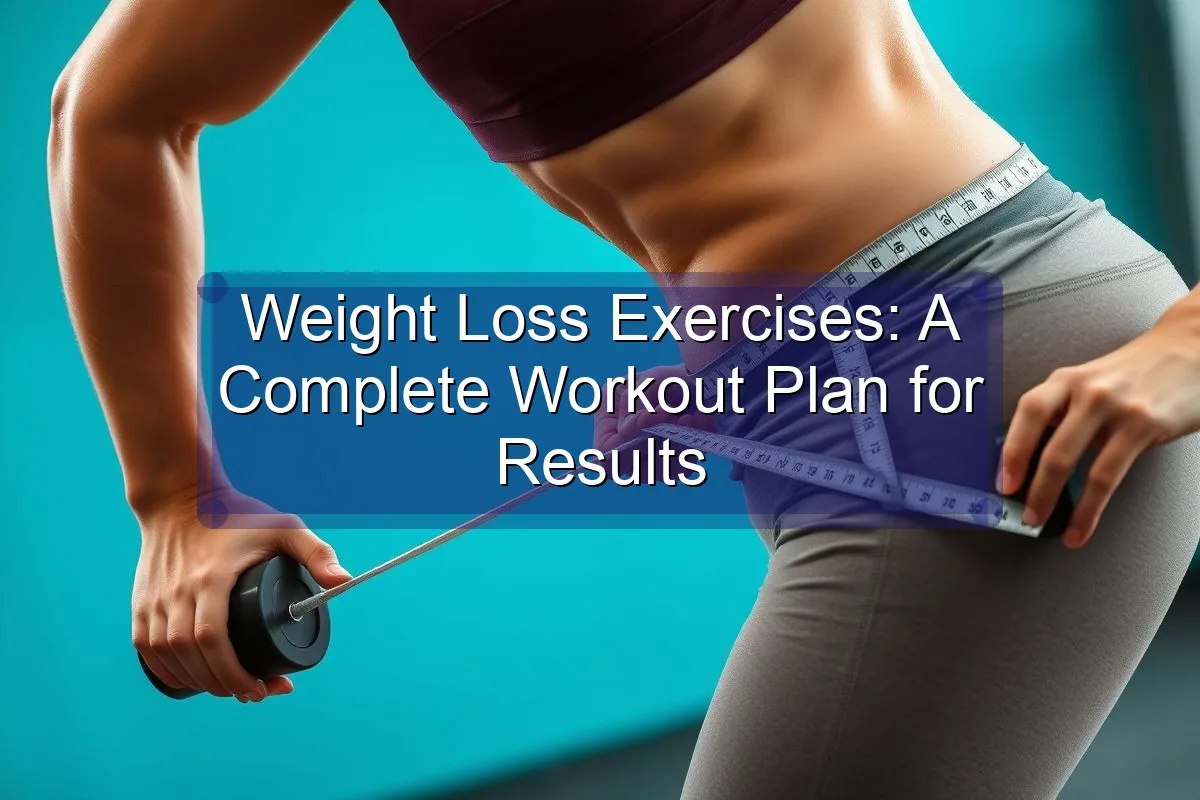







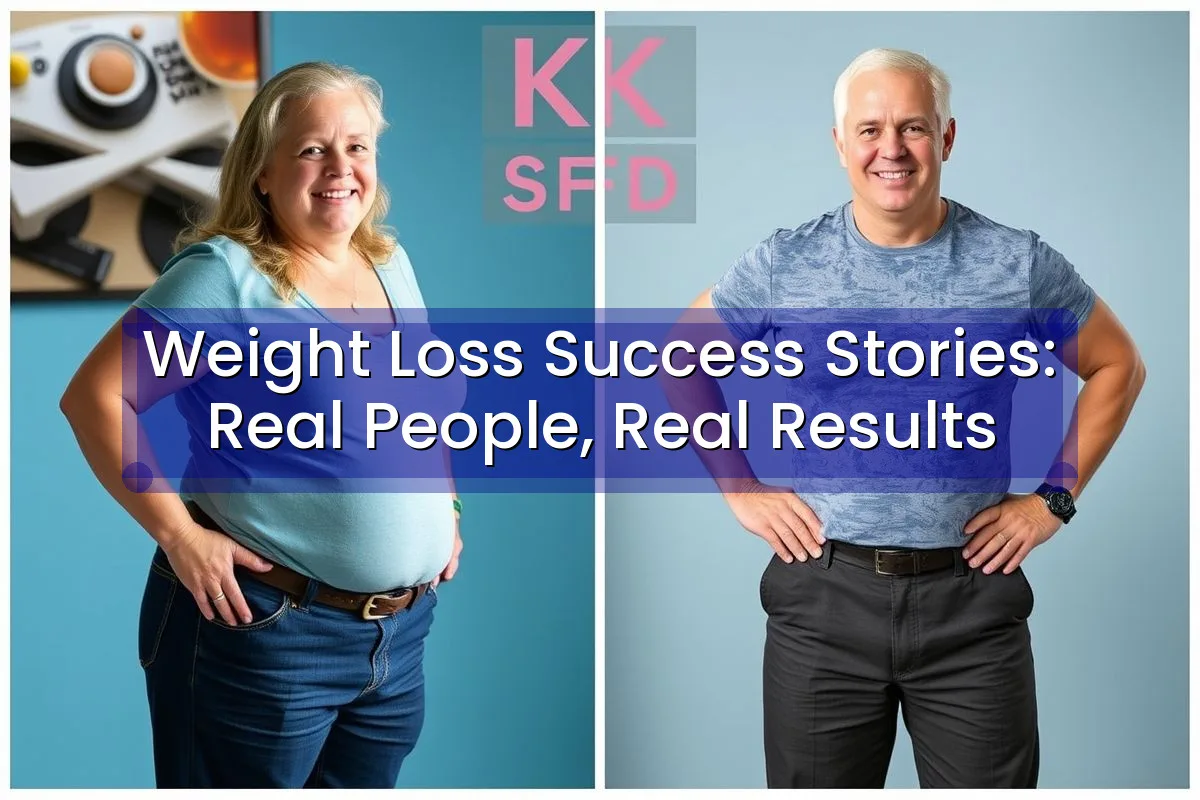
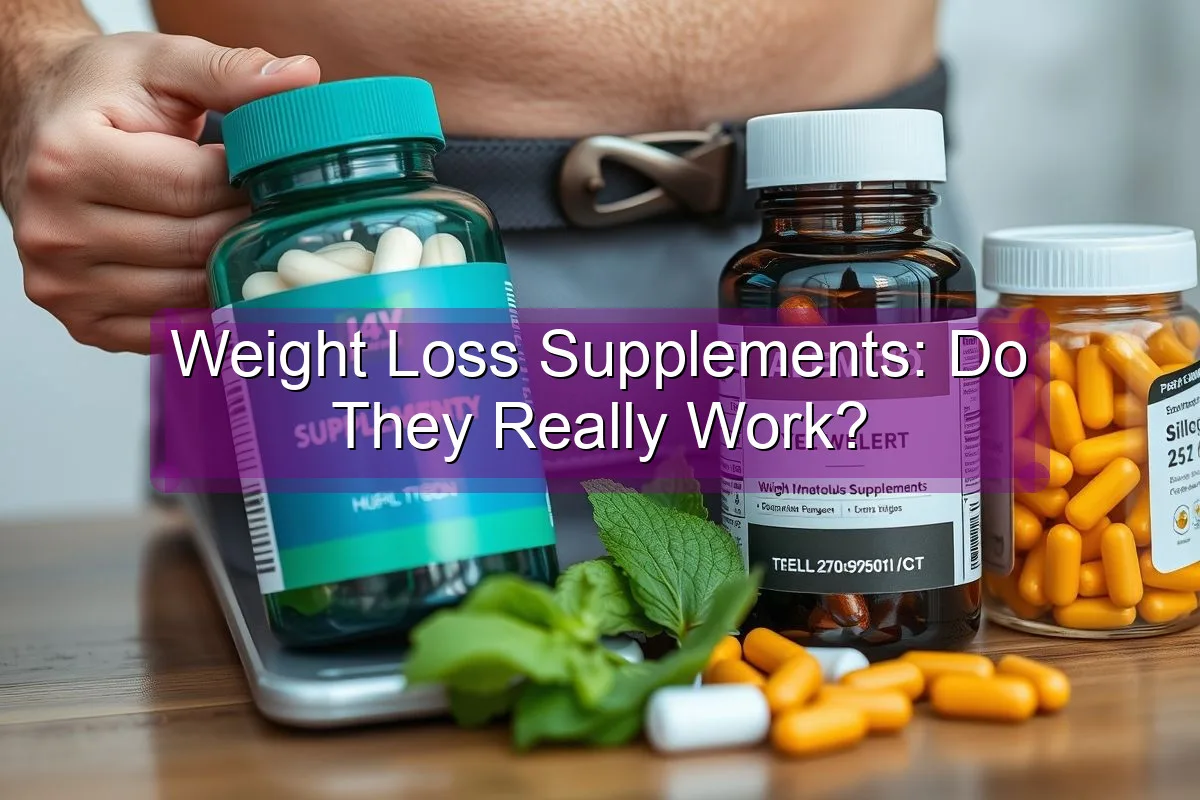
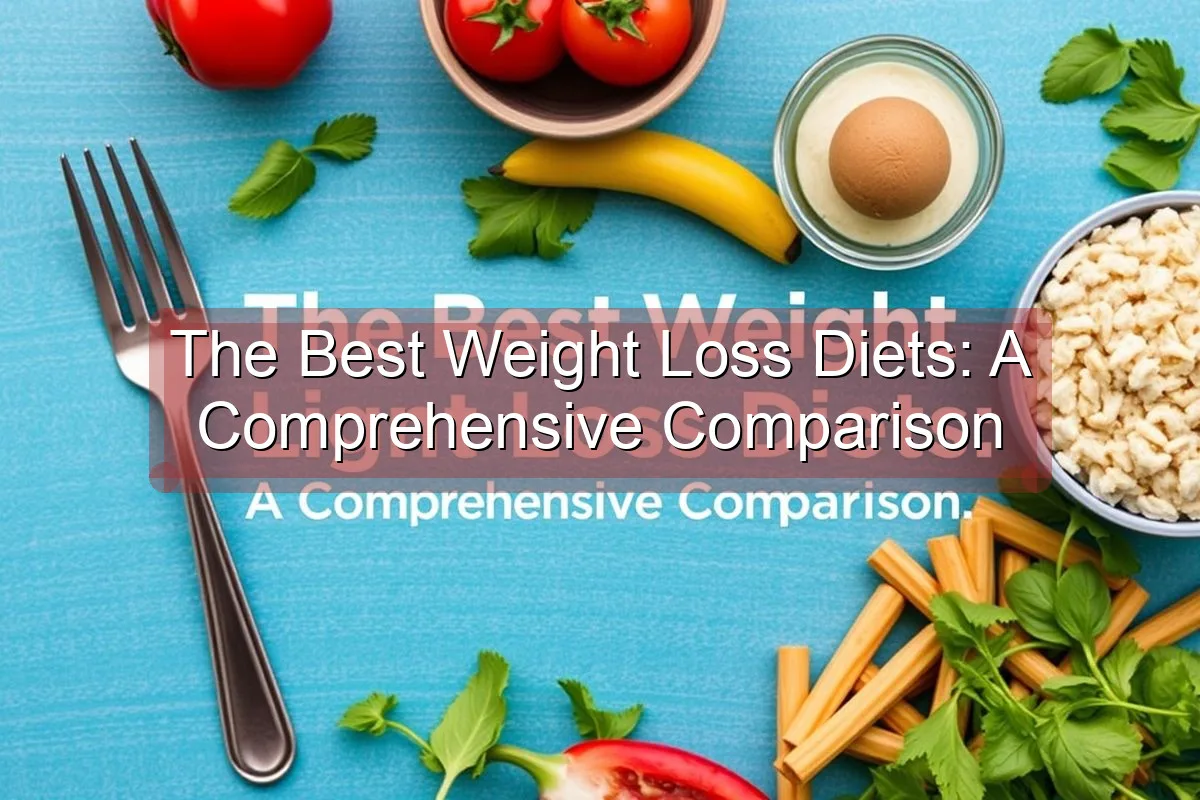
Leave a Reply